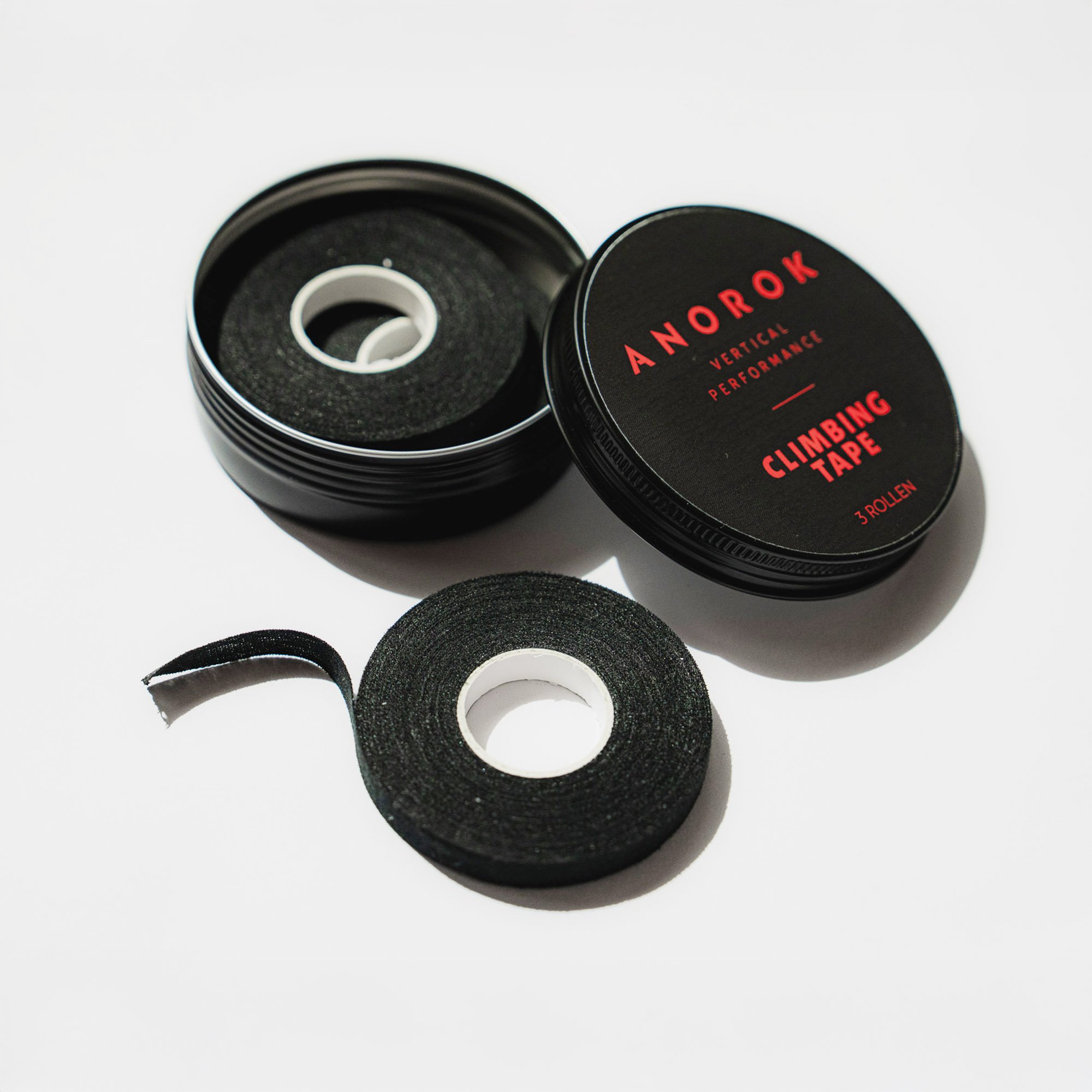Ultimate Guide to Taping for Bouldering
Why Boulderers Tape Their Fingers
When Should You Tape?
Skin Issues: Tape blisters, split fingertips, or flappers. Leukotape is ideal as it sticks even during sweaty climbs.
Pulley Injuries or Pain: Tape primarily when recovering from injuries. Using tape to prevent injury isn't proven effective and may weaken fingers over time.
Outdoor Endurance: Tape during warm-ups to preserve skin for crucial climbing attempts.
Best Taping Techniques for Bouldering
1. Ring (Single Loop)
Simple wrap around one joint.
Great for skin coverage but offers minimal pulley support.
Ideal for minor skin tears and calluses, not injury prevention.
2. Figure-8 or X Method
Wrap tape under the joint, cross over the top, wrap above the joint twice, then cross back again.
Provides good support, quick and easy to apply with thin tape.
3. H-Tape (Best for Injuries)
Cut tape into an H-shape, center it over the injured joint, and secure the arms of the tape around it.
Offers maximum pulley protection but slightly limits motion.
Key Tips to Tape Correctly
Choose rigid tape (e.g., Anorok Climbing Tape); avoid stretchy tape.
Avoid overtightening. Unwrap slightly to ensure comfortable blood flow.
Tape during warm-ups on abrasive rock to preserve skin for important attempts.
Avoid taping healthy fingers purely for injury prevention; it's generally ineffective.
High-performance tape.
Built for precision taping, this 0.75cm thin strip protects skin without blocking feel. Three black rolls come packed in a low-profile tin – ready for your pack or pocket.
3× rolls of 10 m × 0.75 cm tape
Slim width = max control, zero bulk -
Sweat-resistant, easy-tear finish
Designed for finger taping. Indoor and Outdoor.

